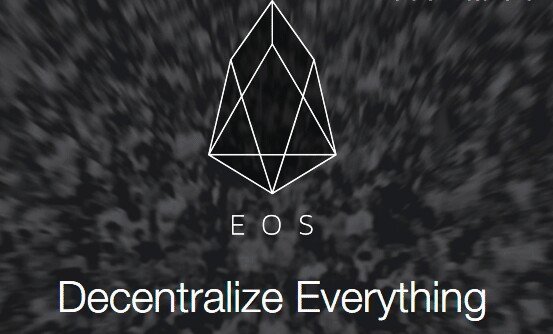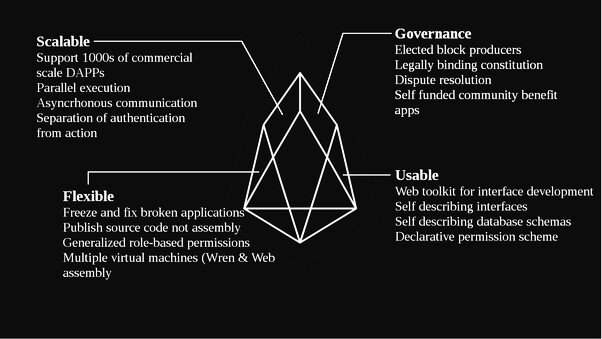
Hi Steemians, welcome to my blog. Thanks to @marketstack for encouraging me to put this together through his recent updates.
Today I will be discussing about EOS and I hope it's gonna be helpful to at least one person. Just one and I'm satisfied but I know it's gonna help alot of person.
I will be talking on EOS as I said early. Most people don't even know what EOS really means but by the end of this you will have a full knowledge about it.
WHAT IS EOS
EOS is a blockchain -based, decentralized system that enables the development, hosting, and execution of commercial-scale decentralized applications ( dApps ) on its platform.
That sounds pretty amazing but what has really captured the public’s imagination is the following two claims:
They are planning to completely remove transaction fees.
They are claiming to have the ability to conduct millions of transactions per second.
EOS’s asynchronous communication and parallel processing provide scalability, while its ownership model eliminates transaction fees. These features make EOS a serious competitor of Ethereum (although EOS’s ICO actually supports Ethereum). EOS uses delegated-proof-of-stake and introduces the ability to fix bugs and rollback changes with supermajority consensus.Decentralised operating system:
EOS is similar to a decentralised operating system, in practice this means that developers can build applications on EOS. Owning EOS coins is a claim on server resources. A developer needs to have EOS coins to use the EOS blockchain. Developers will not spend the coins to use the server resources, s/he just need to prove they hold them.
How EOS Works
The EOS vision is to build a blockchain dapp platform that can securely and smoothly scale to thousands of transactions per second, all while providing an accessible experience to app developers, entrepreneurs and users. They aim to provide and complete operating system for decentralized applications focused on the web by providing services like user authentication, cloud storage, and server hosting.
How Is EOS Different?
EOS allows companies to build applications. Think of it as an operating system for decentralized applications. The software behind EOS is called EOS.IO Software. It’s a programmable blockchain that doesn’t require developers to have servers when creating applications for the platform. Meaning, businesses have a full platform to create, deploy and run their decentralized applications on.
Because of its architecture, EOS can support millions of transactions per second with sub-second latencies. The system uses delegated proof of state.

Features
Parallel Processing: The ability to do things in parallel, faster transcation speeds and more scalability.
A Constitution: A set of rules on which everyone agrees upon, these are linked to every block mined.
Self Sufficiency and Evolution: The current model allows for a 5% inflation, this will be used to develop the network further.
Any blockchain based on the EOS software will have to generate a 5% natural inflation per year. This will be distributed to the platform’s block producers in connection with their confirmation of transactions on the platform and to the top three smart contracts or proposals that receive the most amount of votes from holders of such tokens.
Thanks for your time, I hope this article is helpful. Waiting for your comments in other to know your view on this. Once again thanks to @marketstack
Thanks for sharing this with us, Now I have clear understanding now on eos..
Nice article
Yea